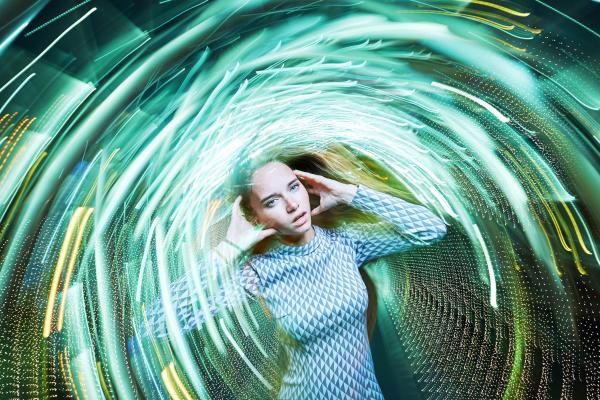"Vertigo", commonly known as "dizziness and balance disorder", is a symptom that can be experienced due to many underlying causes. The neurologist explained that vertigo, which cannot be treated with drugs, becomes chronic, and the cause of which is unknown can be treated with the "vestibular rehabilitation" method, in which the perception of balance in the brain is re-modulated.
The problem can be of such a different severity that it prevents a person from continuing their daily life, from simple and short-term dizziness attacks. In 30% of the population, which can be due to many reasons from positional vertigo, anemia, or vitamin B12 deficiency to brain tumors due to the play of crystals in the ear, the treatment is performed depending on the cause. However, almost 70% of the definitive cause is not determined. The Neurology Specialist of Yeditepe University Koşuyolu Hospital said that they achieved successful results with the vestibular rehabilitation (neurorehabilitation) method applied in very few centers, especially in chronic vertigo patients whose exact cause could not be found clearly. However, they pointed out that in order for the method to be applied, the potential causes of dizziness should first be investigated and evaluated.
None of us are in full balance.
Stating that no human being is in a 100 percent balance against gravity, our specialist noted, "As gravity pulls us to the right and left, our brain subconsciously constantly corrects the body, which in fact causes us to constantly oscillate. We do it without realizing it. However, when a person begins to listen to themselves too much, the brain begins to perceive these oscillations, which it should not. This leads to an erroneous perception of constant dizziness and imbalance. This situation begins to create a constant desire to lie down in patients and patients begin to be afraid to stand up and walk. In the vestibular rehabilitation (neurorehabilitation) method, the threshold for patients to perceive the natural release is increased, so that these oscillations that they should not perceive are made undetectable again, and the patient learns what to do against gravity."
To Whom Is Vestibular Rehabilitation Applied?
The patient is primarily evaluated in terms of neurology and ENT. They study the balance system in both the ear and the brain. After the examinations, patients who are found to have an orthopedic or middle ear problem at the source of the problem are referred to the relevant physician. Although MRI imaging and laboratory results are normal, patients with functional disorders are included in the vestibular rehabilitation (neurorehabilitation) program. However, this method can also be used in a group of patients who have been treated for a certain period but have not received a response.
Treatment Continues For 4 Weeks
Yeditepe University Koşuyolu Hospital Neurology Specialist gives the following information about this personalized vestibular rehabilitation (Neurorehabilitation) method, which is aimed to be corrected by perceiving the individual's balance more accurately, "In fact, it is possible to compare this process to physical therapy. Just as a person who does not work the arm muscle learns to restart the arm muscles after physical therapy, we start vestibular rehabilitation by first determining in which areas the patient's balance is impaired and how much. The personalized rehabilitation program consists of computer-aided programs that last three times a week and about 30-40 minutes. The entire program takes four weeks. The effect is often long-lasting, but rehabilitation can be repeated in cases where the vestibular system (balance system) is disrupted again, such as the patient's aging, the emergence of different diseases."

